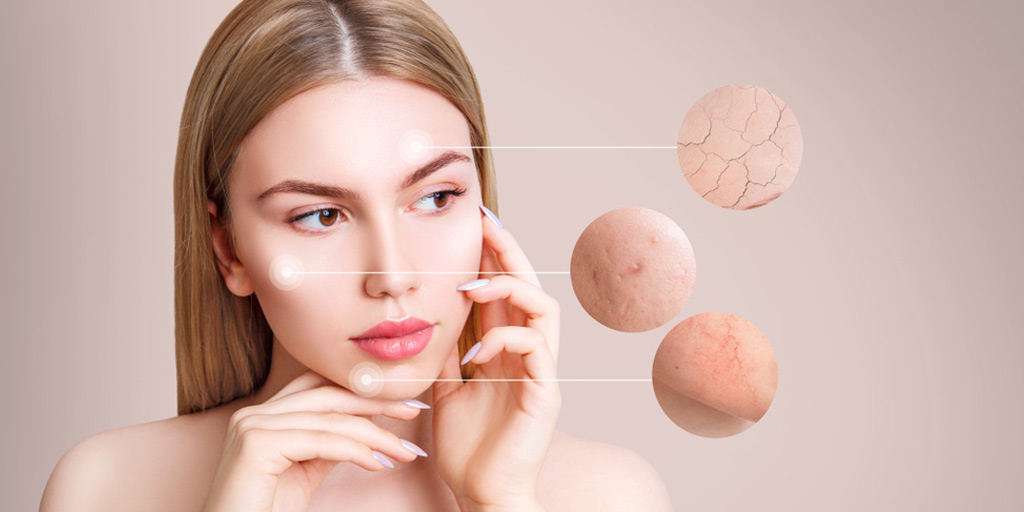PEEL AWAY YOUR SKIN IMPERFECTIONS
Peeling the skin with fruit acids and other peeling agents, to improve the skin texture, smoothen and beautify it, has been practiced since ancient times. Cleopatra used to bathe with sour milk, known to contain lactic acid as an active agent, an alpha hydroxy acid while French women used old wine containing tartaric acid to enhance their skin appearance.
Chemical peeling is the application of a chemical agent to the skin, which leads to exfoliation of the outermost dead skin layer and removal of superficial lesions, followed by regeneration of new skin and improved skin turnover. It is a popular, relatively inexpensive, and generally, safe method, to refresh and rejuvenate skin. The new, regenerated skin is usually smoother and less wrinkled than the old skin but temporarily more sensitive to the sunlight.
Chemical peels help to improve skin tone and texture, diminish fine lines and wrinkles, and reduce the effects of sun damage. They are used to treat a number of conditions such as age spots, freckles, melasma, acne, post-inflammatory pigmentation, scars, stretch marks, wrinkles, and acne scars.
Chemical peels are classified as superficial, medium depth, and deep depending on the depth of their action. A thorough evaluation by a dermatologist is crucial before taking a chemical peel. The procedure is not recommended for individuals with infections, active skin disease, cut or broken skin, sunburns or active Herpes simplex, pregnant or lactating mothers, and patients who have taken isotretinoin in the last 6 months. Stop using any retinol or anti-aging, fairness creams, or exfoliating products at home before you go in for a peel. Also, avoid any hair removal procedures such as threading, waxing, and depilatory creams a week prior to your appointment. Usually, 4-6 peel sessions at an interval of 2-4 weeks are required for maximal cosmetic benefit. After that, maintenance treatment can be performed every few months.
Superficial peels are safe and well-tolerated with mild discomforts, such as transient burning, irritation, and redness. Many factors, such as peel agents, concentration, skin type, and concomitant use of skin care products influence tolerability. It is important for patients to use broad-spectrum sunscreen regularly and take other sun protective measures for optimal results.
Consult a dermatologist to find out the right peel according to your skin type and skin condition.





